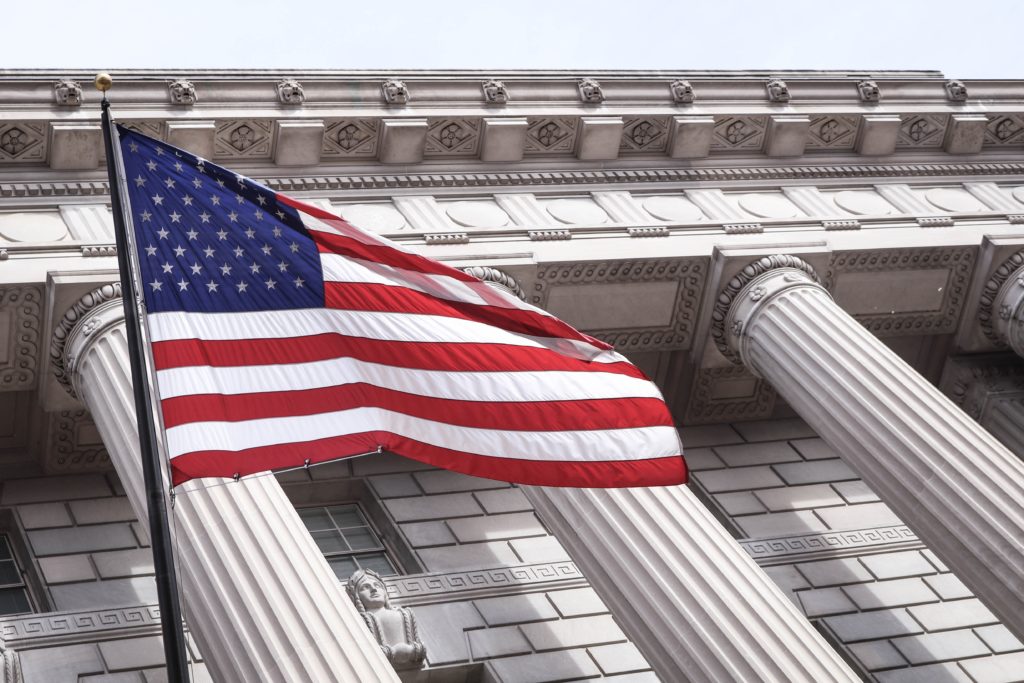A healthy and profitable domestic industry is essential to the continued vital contributions of the specialty metals industry to the national defense.

On March 8, 2018, under Section 232 of the Trade Expansion Act of 1962, President Donald Trump signed proclamations regarding steel and aluminum imports, formalizing his decision to institute tariffs as a result of Commerce Department investigations into their national security impacts. In addition to carbon and alloy steel products, the Section 232 steel tariffs cover stainless steel products under Chapter 72 of the Harmonized Tariff Schedule.
Pursuant to the President’s steel proclamation, a 25% tariff on steel imports into the United States took effect on March 23, 2018. The tariffs’ application and timing have varied based on negotiations and agreements between the United States and various trading partners. Below are the country-specific exceptions:
The President’s action came after a 9-month investigation by the Commerce Department into the national security impacts of steel imports. The Department concluded that the quantities and circumstances of steel imports “threaten to impair the national security.” As recommended by the Commerce Department, the goal of the Section 232 tariffs is to increase domestic capacity to approximately 80%, a level that would provide the domestic steel industry with “long-term viability.”
During the Department’s investigation, SSINA’s Chairman and Vice Chairman testified in a May 2017 public hearing, applauding the administration for examining the national security challenges posed by illegal imports and massive global overcapacity. Their testimony highlights the importance of a healthy and profitable domestic industry to ensure the continued vital contributions of the specialty metals industry to the national defense.
The Commerce Department has developed a mechanism for U.S. companies to apply for product-specific exclusions due to (1) domestic unavailability of quantity or quality and (2) specific national security considerations – and for domestic interests to object to those requests (there are also rebuttal and surrebuttal opportunities). While SSINA has not taken a position on any exclusion requests or objections, it continues to monitor the status of the product exclusion process.
There is an incentive under the Section 232 program for importers to evade the 25% tariffs or quota limitations by classifying high-nickel stainless steel grades as nickel alloys in Chapter 75 of the Harmonized Tariff Schedule (HTS) vs. Chapter 72. An SSINA white paper – available in the Resources section below – details the stainless grades that are sometimes being misclassified as nickel alloys to avoid the Section 232 tariff.